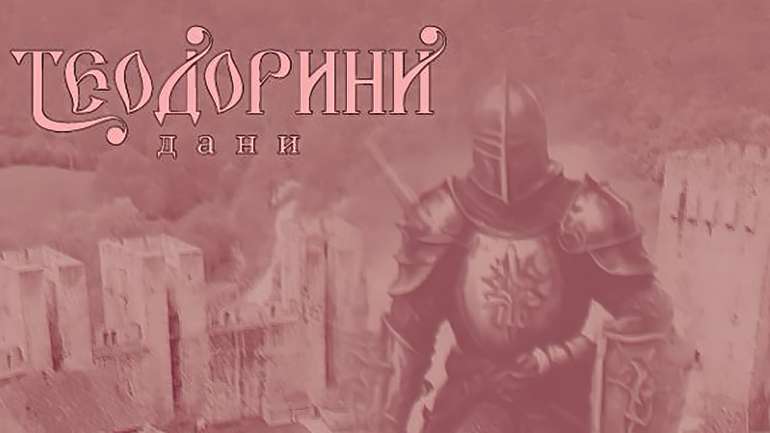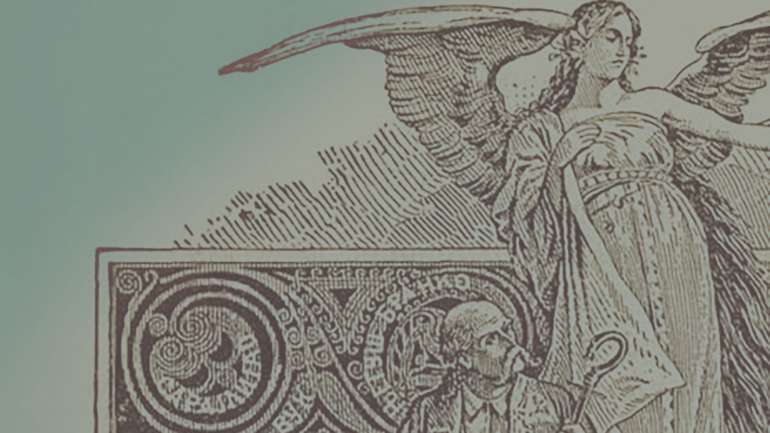Thanks to the gift of Mrs. Mirjana Todorović from Jagodina, the former curator of our museum, a glass for cognac with the logo of the hotel “Jagodina” is kept in the Collection of Glass. This glass is a testimony to the work of the hotel “Jagodina”, once a prestigious hotel and a former symbol of our city.
As an important place on the Constantinople Road, Jagodina has had facilities since the 16th century that provided accommodation services to travelers, such as caravanserais and inns. Travelers who stayed in Jagodina during the 17th and 18th centuries left notes about the accommodation that could be found here. During the 19th century, the establishment, construction and operation of catering facilities in Serbia were regulated by law. Catering was a very lucrative business, so there were a large number of taverns in the cities. It was the same in Jagodina, where 108 taverns worked at the end of the 19th century. Some taverns, such as the “Šarena kafana” or “Solun”, have played an important role in the city’s social history.
After the Second World War, in 1947, the catering company “Morava” was formed as a social catering facility, and the following year the nationalization of private catering facilities was carried out. Since 1962, “Morava” has operated under the name “Palas”. In addition to catering facilities, the company also included trade shops.
The pride of the company “Palas”, and the city itself, former Svetozarevo (the name of the city from 1946 to 1992), was certainly the newly built hotel “Jagodina”, which was officially opened on September 21, 1979. It is considered a pearl of modern architecture, and it is the work of architect Miloš Konstantinović, who received the award for the best architectural achievement in Serbia during 1979 for the conceptual design of this building. It is a hotel of high B category, with an area of 11,500 m2, which could accommodate from 2,500 to 3,000 guests. It had 156 rooms, 3 suites and 1 residence, with a total of 320 beds. All rooms were air conditioned and had a mini bar, and each floor of the hotel had its own color with which the colors of the walls, carpets, furniture and ceramics were matched, so there was a brown, green, purple and blue floor. Guests had at their disposal a congress hall, banquet hall and two TV halls, meeting room, breakfast room, “Ćuran” hall with specialties of local and international cuisine, pub, pastry shop, terrace. For fun and relaxation there was a disco club, bowling alley, space for fun games, hair salon, swimming pool size 25×12 m, sauna and solarium. The hotel also had a garage and a car wash and lubrication service. The memory of the former “Šarena kafana” and the memory of Đura Jakšić, the famous Serbian poet and painter, who was its guest, was kept by the restaurant of the same name within the hotel, which offered national specialties. The chefs and waiters were specializing in Switzerland and hotel “Yugoslavia” in Belgrade, and the staff spoke several world languages.
The works of art in the hotel were made by prominent artists: Vladimir Todorović, Borislav Rakić, Milorad Bata Mihajlović, Zagorka Stojanović, the fountain in the hotel lobby is the work of Ljubiša and Radiša Petrović, and the author of several wall paintings and circular wooden medallions was Slobodan Selenić, then designer of the Cable Factory in Jagodina. Selenić also designed the complete graphic design of the hotel “Jagodina”, including the logo. It represents the stylized head of a turkey, which is a symbol of Jagodina, and it is also on the glass that the Museum received as a gift.
Although it has been closed for years, the hotel “Jagodina” was and remains a symbol of our city, a testimony of a time that has passed and a place that keeps the memory of Svetozarevo which no longer exists.






